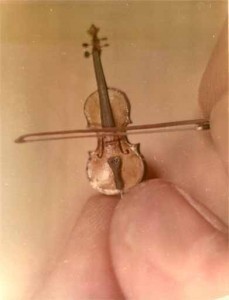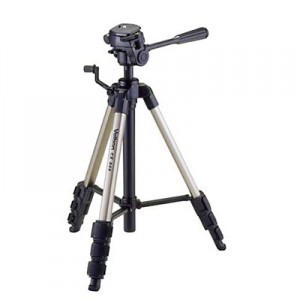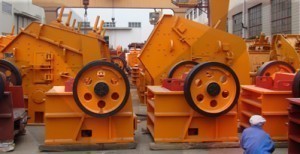How Small is the Smallest Violin?
Also known as the fiddle, the violin is a high pitched bowed string instrument that has four strings. The parts of this instrument are made from the various kinds of wood. Aside from wood, other materials that are used in this instrument are steel strings, steel composite as well as gut. This instrument can be used in playing different musical genres like the classical jazz, Baroque music, folk music, rock and roll and pop-punk. This musical instrument has various sizes. Before we proceed with the different sizes of this instrument, let us take a look at the smallest violin in the world.
string instrument that has four strings. The parts of this instrument are made from the various kinds of wood. Aside from wood, other materials that are used in this instrument are steel strings, steel composite as well as gut. This instrument can be used in playing different musical genres like the classical jazz, Baroque music, folk music, rock and roll and pop-punk. This musical instrument has various sizes. Before we proceed with the different sizes of this instrument, let us take a look at the smallest violin in the world.
The Smallest Violin
How small is the smallest violin in the world? The smallest violin in the world is fully functional and it can be used to play various songs. The instrument was built by Eric Meissner in 1973. The violin has a length of 1.6 inches or 4.1 centimeters.
The sizes of this instrument are in fraction. The full size is the 4/4, which is approximately 14 inches or 35 centimeters long. The ¾ size has an estimated length of 33 centimeters. The ½ size is approximately 12 inches or 30 centimeters long. Adults that have small body size can use the 7/8 size violin.
Additional Information and Other Important Details
This musical instrument is usually consisted of the soundboard, which is also known as the belly, table or the top plate. The other parts of a violin are the endblocks, the neck, the soundpost, fittings, four strings and the maple back and ribs. Some manufacturers of this instrument add chinrest for the comfort of musicians. The unique feature of this musical instrument is the hourglass shape. In addition, it has arching on the back and at the top.
The sound produced by the instrument depends on the materials used as well as on the shape. Other factors that affect the sound are the varnish used as coating and the graduation of the back and top. The sound of the instrument improves when it is used frequently.
Sheep gut is commonly used as stings for violins. Aside from sheep gut, the other materials that are used for making violin strings are stranded steel, solid steel and synthetic materials. The pitch range of this musical instrument is G3 to C8. To produce or to hit high notes, musicians used artificial or natural harmonics. To ensure that the instrument will have excellent acoustics, it is important to have ideas about the appropriate arched shape, right wood thickness and the different physical qualities of a violin.





